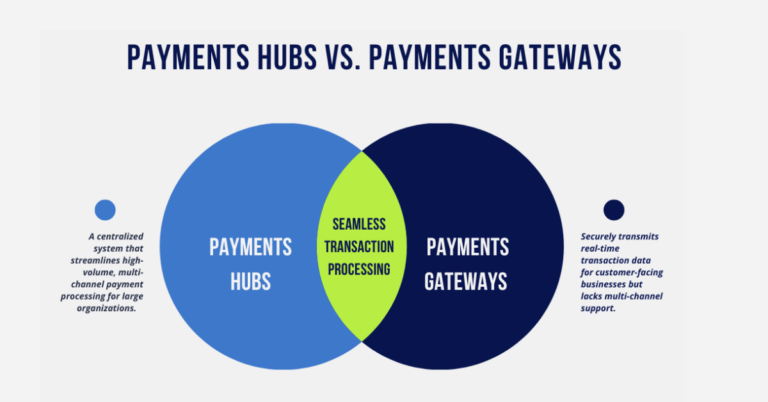24x7x365 access to services is an often noted benefit of the digital era. Organizations that thrive in a digital environment have gained a significant edge in the past year. Those that don’t have found themselves scrambling to find a safe and convenient way to offer their product. The worlds of banking and digital payments are no exception. Members already expect to be able to manage their accounts on the go at any time. With the help of some advanced stand-in capabilities, actions like these are possible outside of the traditional working hours. This approach is reaching a breaking point, due to the demands that the current generation of payments rails and functionality places on a traditional banking core.
What is the Banking Window?
To understand the predicament many financial institutions face, we have to rewind time to the analog era. Back then the banking window referred literally to the location where information and funds flowed in and out of the bank. For everyone, retail bankers and big firms alike, banking was done solely within the “open window” hours. Once the bank closed, everyone went home, and any outstanding changes to a ledger had to wait until the next morning to be recorded at the bank. The clearing process as we know it today originated here as well. Before the end of the working day, an employee would schlep over to the banking window and hand in a ledger, recording the payables and receivables of that day.
This process was much improved and automated as banks technologized their processes. Firms could communicate raw data to a bank’s central processing system or core. This is an obvious improvement over having to manually transfer that information. These core processors were built to handle massive batches of data very quickly and automatically make the appropriate changes in the bank’s records. As time went on these core systems still reflected the practices of the preceding era—the banking window still only opened during the working hours of the bank. The ledger was digitized, then handed off during banking hours as a compilation of every transaction from that day.
ATM – Any Time… Maybe
The first dilemma for core processors arrived with the ATM. They made banking incredibly convenient and accessible. But, their accessibility had to be made compatible with the rigid operating standards of the core processor. Stand-in systems were developed to operate the ATM network outside of the banking window, then deliver a batch of the transactions to the core once it came back online. Banks could boast that they were never closed, though was only true from the client’s point of view. In reality, the core system was still taken offline every night.
These stand-in systems evolved to cover new banking technologies, reconciling them with the batch-based, banker’s hours-only core processors. The most important function is still compiling off-hours data to be entered when the core comes online, since the ways a person can access their banking information have multiplied over time. If a member checks their balance or takes action outside of the core processor’s working hours, then that information is being held by the stand-in system. Today the obvious example would be online banking—most customers want to make transfers or check their balance from anywhere, at any time. The banking core was never intended to be accessible at 2:00 a.m. from the burger shop parking lot, and so the stand-in system has to do the work.
Why it’s Not Good Enough
For the past few decades, institutions have been able to get away with these patched solutions, and the customer experience has been more or less acceptable. As we entered further into the Digital Era, some started to wonder when to stop retrofitting and start building new systems. The transition from physical to digital banking was mainly a technological shift—the culture and practice of banking were not fundamentally changed. The transition we’re in now is cultural, and as such, it is much more difficult to patch around.
Consumers increasingly expect instant, seamless service: in entertainment, ordering products, even with their food. If a financial institution offers a similar experience, nothing is stopping the consumer from switching. The pace of innovation is only going to accelerate. If a new stand-in solution is required each time a new feature is introduced, it won’t be long before legacy cores just can’t keep up.
One such feature is faster payments, specifically instant/real-time payments. Two qualities make this payment rail challenging for legacy cores. One is that they require 24x7x365 processing as a condition of entry to the network. This means very scarce, if any, downtime for an institution’s core. The other is the fact that they are instant, with the very top end of acceptable processing times sitting around 15 seconds. They are fundamentally incompatible with a system that relies on batch processing because they can’t wait until the end of the day to clear.
Why Not Upgrade?
If the process were as simple and secure as installing a new solution, it would be a no-brainer. However, a financial institution’s core processor is its nerve center. Making any kind of change to it is frankly a risky prospect, especially for a community bank or smaller credit union. These institutions often don’t have the budgetary or staff support to justify a full core conversion. There’s also timing to consider—when to start, where to set milestones. The already-complex payments market is evolving rapidly, so deciding when to stop upgrading and start overhauling is not easy. For some, it might seem more prescient to stick with stand-in processors, which can be developed in-house but are more commonly developed by a third-party service provider.
This means having a proxy service that liaises between the core and the payment rails. One potential route is to leverage the ability to post transactions as “memo posted” to clients’ digital channels while the payment itself is in queue to post to the core. It can be a tenable option for balancing the risks of altering a core processor with the risks of not having any kind of 24×7 capability. The question that remains is whether this balance will be enough to stay ahead of the curve, rather than just keep pace.
For more on real-time payments, please see our blog, Why RTP, Why Now?
Alacriti’s Cosmos for RTP® enables financial institutions and organizations to quickly and seamlessly connect to The Clearing House’s RTP® network without the burden of significant infrastructure overhauls or capital investments. To speak with an Alacriti real-time payments expert, please contact us at (908) 791-2916 or info@alacriti.com.




